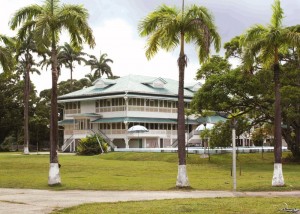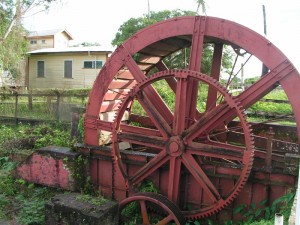 On April 29, 1970, under the Municipal District Council’s Act of 1969, Macmarburg, a diminutive for Mackenzie, Wismar and Christianburg, was renamed Linden and officially declared a town.
On April 29, 1970, under the Municipal District Council’s Act of 1969, Macmarburg, a diminutive for Mackenzie, Wismar and Christianburg, was renamed Linden and officially declared a town.
Christianburg, the oldest settlement in the town, was originally known as Stabroek. It was renamed in honour of Governor Christian Finette, who joined his name with Burg, his wife’s family name. This area was chiefly used for rubber bleeding and saw milling.
The area south of Christianburg was known as Shingles Landing, because of the production of shingles and wallaba posts (a local hardwood). Before the discovery of hardwood, this area was an important transit point in gold and diamond mining.
In 1916, with the discovery of bauxite all economic activity in the town was focused on Mackenzie, on the opposite side of the Berbice River.

Today Linden is popularly known as the Mining Town. There are several historical sites scattered throughout this town that are representative of the diversity of Guyana’s heritage. (National Trust of Guyana website)




